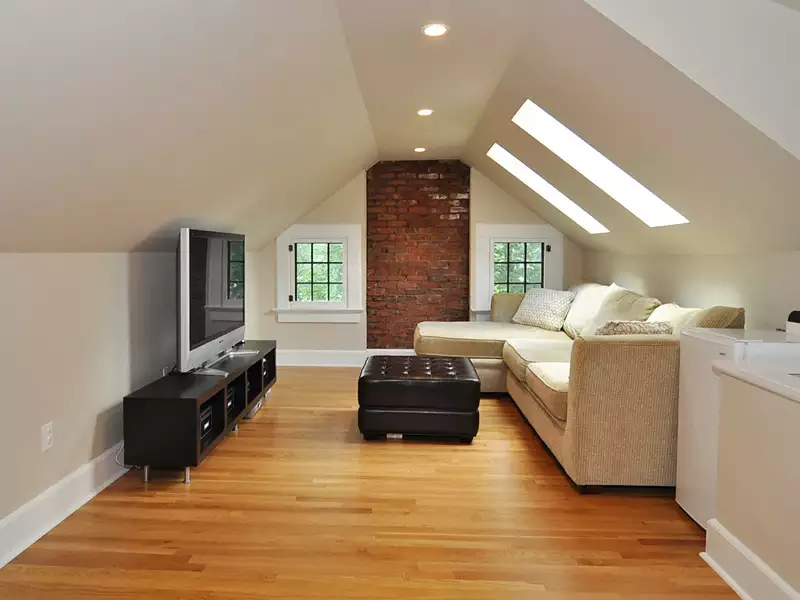Living in cold regions presents unique challenges, especially when it comes to maintaining a functional home. One of the most pressing issues is ensuring that your plumbing can withstand harsh winter temperatures. This is where frost-proof plumbing comes into play. By understanding the intricacies of frost-proof plumbing for cold regions, homeowners and real estate developers can prevent costly damages and ensure the longevity of their properties.

Why Frost-Proof Plumbing is Essential
The primary reason for investing in frost-proof plumbing is to prevent pipes from freezing and bursting. When water freezes, it expands, causing tremendous pressure on pipes. This can lead to cracks or even full pipe bursts, resulting in significant water damage and costly repairs.
Additionally, maintaining a well-functioning plumbing system ensures the overall efficiency of your homes water supply. By adopting frost-proof solutions, you can also enhance the energy efficiency of your home, leading to reduced utility bills.
Key Components of Frost-Proof Plumbing
1. Insulation
Insulating pipes is the first step in protecting them from freezing temperatures. High-quality pipe insulation materials, such as foam or fiberglass, can be wrapped around pipes to retain heat and keep the cold air at bay.
2. Heat Tape
Heat tape is an effective tool for preventing pipes from freezing. It is a type of electrical tape that you can wrap around pipes, providing a consistent source of heat. This is particularly useful for pipes located in unheated areas of the home.
3. Pipe Relocation
If possible, relocating pipes to warmer areas within the home can significantly reduce the risk of freezing. This might involve moving pipes away from exterior walls or placing them in insulated spaces.
Choosing the Right Materials for Cold Climates
When it comes to frost-proof plumbing, the materials used can make a significant difference. For instance, PEX piping is known for its flexibility and resistance to freezing. Unlike traditional metal pipes, PEX can expand slightly without bursting, making it an ideal choice for cold regions.
Installation Best Practices
Proper installation is crucial for the effectiveness of frost-proof plumbing. Hiring experienced professionals who understand the specific challenges of cold regions is recommended. They will ensure that all pipes are adequately insulated, heat tape is correctly applied, and the overall system is optimized for winter conditions.
For more installation tips, you can visit plumbing design tips for cold climates.
Maintenance Tips for Homeowners
1. Regular Inspections
Conduct regular inspections of your plumbing system, especially before the onset of winter. Look for any signs of wear or damage and address them promptly.
2. Keep a Steady Temperature
Maintaining a consistent indoor temperature during winter can help prevent pipes from freezing. Avoid drastic temperature changes, as they can increase the risk of freezing.
3. Drip Faucets
Allowing faucets to drip during extreme cold snaps can relieve pressure in the pipes and prevent them from bursting.
Real Estate Developer Considerations
For real estate developers, incorporating frost-proof plumbing in new constructions can be a significant selling point. It not only ensures the durability of the property but also increases its market value. Developers should work closely with architects and plumbers to integrate these features seamlessly into their designs.
Cost Considerations
While the initial investment in frost-proof plumbing may be higher, the long-term savings from prevented damage and reduced utility bills make it worthwhile. It is a proactive approach that offers peace of mind to homeowners.

FAQ Section
1. What is the best material for pipes in cold regions?
PEX piping is highly recommended due to its flexibility and resistance to freezing.
2. How often should I inspect my plumbing system?
Its advisable to conduct inspections at least twice a year, particularly before winter.
3. Can I install frost-proof plumbing myself?
While some homeowners may have the skills to install certain components, it is best to hire professionals to ensure proper installation and effectiveness.
For more detailed insights on plumbing maintenance, check out this plumbing guide for homeowners.
This article contains affiliate links. We may earn a commission at no extra cost to you.




